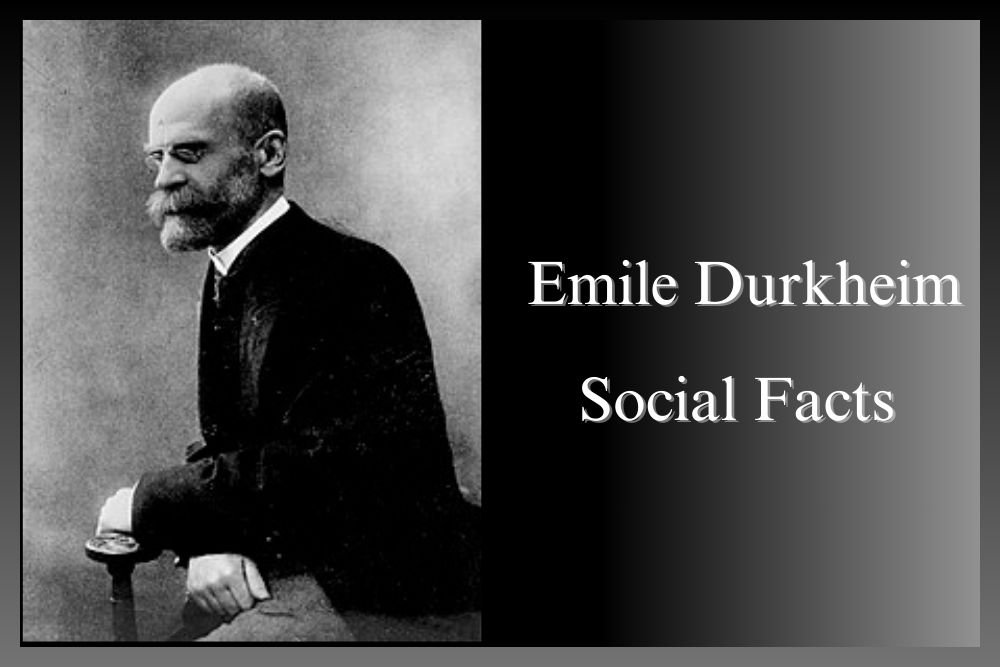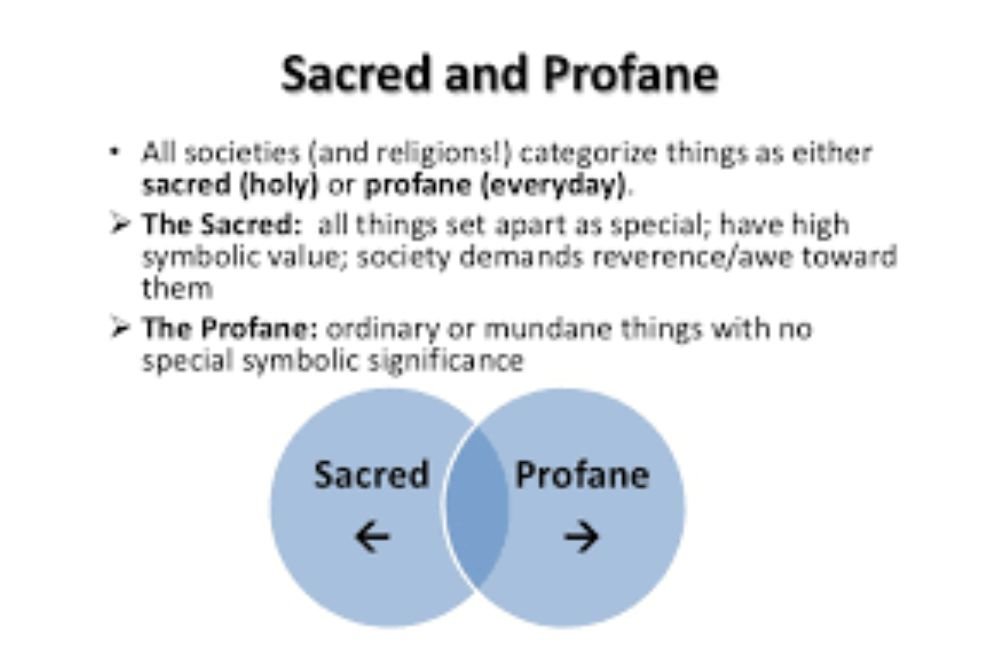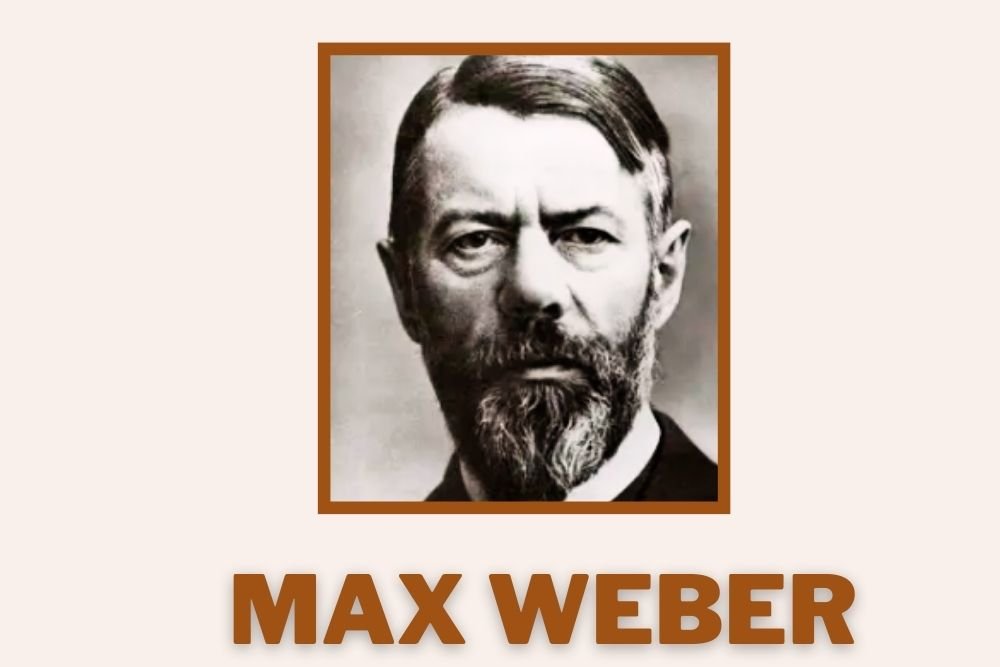
Emile Durkheim, revered as an intellectual titan within the vast expanse of sociology, stands as a guiding luminary whose profound insights continue to shape and mold our comprehension of societal structures. His meticulous exploration of the twin concepts of Division of Labor and Social Facts, meticulously detailed in his seminal work "The Division of Labor in Society," transcends mere academic inquiry; it serves as the sturdy foundation upon which subsequent generations of sociologists construct their intellectual abode.
Embarking on a deeper journey into Durkheim's examination of the Division of Labor reveals a rich tapestry of societal intricacies. Far more than a cursory dissection of occupational roles, Durkheim's insights delve into the very essence of social cohesion and solidarity. Within this conceptual framework, he delineates two fundamental forms of social solidarity—Mechanical Solidarity and Organic Solidarity. The former characterizes primitive societies where individuals share similar tasks, fostering unity through a collective sense of commonality. In stark contrast, modern societies exhibit organic solidarity, marked by specialization and interdependence contributing to a more complex yet intricately interconnected social structure.
Navigating the intellectual landscape of Durkheim's Division of Labor requires a nuanced understanding of these key sociological terms. The transition from Mechanical to Organic Solidarity is not merely a shift in occupational structures; it mirrors broader societal changes, reflecting shifts in values, norms, and the very fabric of social order. Durkheim's exploration beckons scholars to decipher the complexities of this transition, urging them to unravel its implications on the intricate tapestry of societies throughout historical epochs.
Durkheim's insights into the Division of Labor seamlessly intertwine with his concept of Social Facts, a cornerstone of his sociological framework. Social Facts, endowed with coercive power, shape individual behavior independent of individual will. These external forces exert a constraining influence on human actions, underscoring the tangible nature of societal norms, values, and institutions actively shaping and regulating human conduct.
To grasp Durkheim's ideas fully, delving into additional sociological concepts becomes imperative. His notion of Anomie, for instance, assumes profound significance in understanding the challenges posed by rapid social change. Anomie represents a state of normlessness, where individuals feel disconnected due to a lack of clear societal norms. This concept gains heightened relevance in the context of modernity, reflecting the existential struggles of individuals to find meaning and purpose amidst the tumultuous waves of societal upheavals.
Durkheim's intellectual legacy extends far beyond the boundaries of his own writings, resonating vibrantly in the works of subsequent scholars such as Talcott Parsons and Robert K. Merton. Parsons, in developing the theory of Structural Functionalism, interprets Durkheim's concepts within a broader framework, accentuating the pivotal role of institutions in maintaining social order. Merton, introducing Strain Theory, builds upon Durkheim's foundational ideas to explain deviant behavior in society, providing nuanced insights into the intricate dynamics of social structures.
While Durkheim's magnum opus, "Suicide: A Study in Sociology," further enriches our understanding of societal forces, his impact transcends the immediate exploration of his concepts. Aspiring sociologists are beckoned not only to grapple with the intricacies of Division of Labor and Social Facts but also to transcend temporal boundaries, connecting with Durkheim's enduring legacy that resonates across epochs.
Beyond the immediate exploration of Durkheim's concepts, the broader sociological landscape unfolds as a vast terrain of theories and paradigms. Engaging with the writings of contemporary sociologists, including but not limited to Émile Durkheim, Talcott Parsons, and Robert K. Merton, becomes an intellectual odyssey. This engagement offers a comprehensive understanding of the multifaceted nature of human societies, with each scholar contributing threads to the intricate tapestry of sociological thought.
Durkheim's work, often considered a cornerstone in the sociological edifice, serves as a guiding beacon for those seeking to unravel the complexities of social order and the forces that bind us together. As scholars embark on this intellectual odyssey, they are not merely studying the past; they are actively engaging with a living legacy that continues to shape the discourse on society and its intricate dynamics. Durkheim's profound insights remain a guiding light, inviting sociologists to delve even deeper into the multifaceted tapestry of society, where Division of Labor and Social Facts interweave to form the intricate fabric of human social existence.
In traversing this expansive intellectual terrain, scholars not only contribute to the ongoing discourse but also become inheritors and custodians of Durkheim's enduring legacy. They ensure that the torch of sociological inquiry burns ever brighter in the relentless quest to understand the ever-evolving complexities of human societies. Durkheim's intellectual heritage thus stands as an enduring testament to the resilience and adaptability of sociological thought, navigating the ever-changing currents of the human experience across time and space.










































































